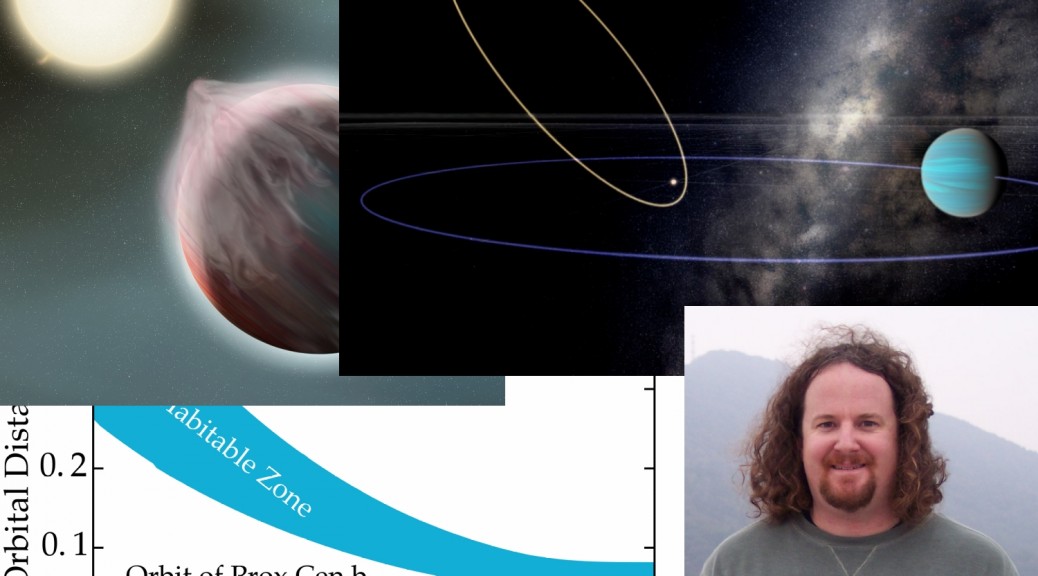-
Opportunities and Obstacles for Life on Proxima B
September 08, 2016 / Written by: Rory Barnes
Source: Pale Red DotThe discovery of Proxima b is the biggest exoplanet discovery since the discovery of exoplanets. The planet is not much bigger than Earth and resides in the “habitable zone” of the Sun’s nearest stellar neighbor. This planet may represent humanity’s best chance to search for life among the stars. But is Proxima b habitable? Is it inhabited? These questions are impossible to answer at this time because we know so little about the planet. However, we can extrapolate from the worlds of our Solar System, as well as employ theoretical models of galactic, stellar, and planetary evolution, to piece together realistic scenarios for Proxima b’s history. The possibilities are varied and depend on phenomena usually studied by scientists in fields that are considered distinct, but an integrated perspective — an astrobiological perspective — can provide a realistic assessment of the possibility that life could have arisen and survived on the closest exoplanet.
As an astrobiologist and astronomer at the University of Washington, and a member of NASA’s Virtual Planetary Lab, I have investigated the habitability of planets orbiting red dwarfs for years. My research involves building computer models that simulate how planetary interiors and atmospheres evolve, how stars change with time, and how planetary orbits vary. The discovery of Proxima b has me very excited, but being Earth-sized and in the habitable zone are just the first two requirements for a planet to support life, and the list of requirements is much longer for planets orbiting red dwarfs than for stars like our Sun. If Proxima b is in fact habitable, meaning it possesses liquid water or even inhabited, meaning life is currently present, then it will have traversed a very different evolutionary path than Earth. This difference is frustrating, in that it will make our initial interpretations challenging, but also exciting, as it offers the chance to learn how Earth-sized planets evolve in our universe. Whether Proxima b is a sterile wasteland or teeming with life, we are now embarking on an unprecedented era of discovery, one that may finally provide an answer that age-old question “Are we alone?”
Read more at the Pale Red Dot blog.
More on Proxima b
Stories:
• Proxima b Is Surely Not “Earth-like.” But It’s a Research Magnet and Just May Be Habitable. (Many Worlds Blog)
• Found: Our Nearest Exoplanet Neighbor (Many Worlds Blog)
• Implications of the Discovery of Proxima b
• Pale Red Dot BlogResearch Papers:
• The Habitability of Proxima Centauri b: II: Environmental States and Observational Discriminants
• The Habitability of Proxima Centauri b I: Evolutionary ScenariosSeminars:
• Proxima Centauri B: A World of Possibilities
Source: [Pale Red Dot]
- The NASA Astrobiology Institute Concludes Its 20-year Tenure
- Global Geomorphologic Map of Titan
- Molecular Cousins Discovered on Titan
- Interdisciplinary Consortia for Astrobiology Research (ICAR)
- The NASA Astrobiology Science Forum Talks Now on YouTube
- The NASA Astrobiology Science Forum: The Origin, Evolution, Distribution and Future of Astrobiology
- Alternative Earths
- Drilling for Rock-Powered Life
- Imagining a Living Universe
- Workshops Without Walls: Astrovirology